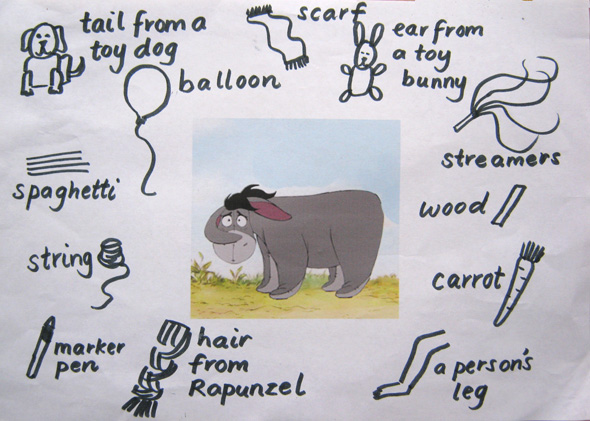Literacy Spot #25: Brainstorming
I used brainstorming a lot when I was teaching young children; as a tool to determine the understanding/existing level of knowledge of a given topic or to provide insight into the questions that the children had about the topic. When working with pre-reading children (children as young as two years of age), our brainstorm records would include both words and picture cues.
Brainstorming in this manner is a fabulous literacy (and thinking!) tool. Children are required to organise their thoughts and communicate them verbally, and they see the written word used to capture their ideas so that they can be revisited again and again, teaching them that words are recorded to communicate meaning and that the words remain the same each time they are read.
Depending upon how questions are asked, this type of exercise can also encourage the development of divergent thinking.
Divergent thinking is a thought process or method used to generate creative ideas by exploring many possible solutions…. Divergent thinking typically occurs in a spontaneous, free-flowing manner, such that many ideas are generated in an emergent cognitive fashion. Many possible solutions are explored in a short amount of time, and unexpected connections are drawn.
Let me give you an example. Immy is looking forward to the soon to be released Disney movie, Winnie the Pooh. We have watched the movie trailer online a few times as I am hoping some preparation will make this cinema visit less traumatic than the last 🙂 We noticed in the trailer that the characters are trying to help Eeyore find a new tail (he appears to have lost his real tail) and they suggest all sorts of impractical solutions! I prepared a simple sheet of paper with a picture of Eeyore (sans tail) and asked Immy for her ideas, what did she think would make a good replacement tail for Eeyore?
Our brainstorming included discussing what sort of shape the replacement tail would need to be and Immy started by suggesting items that were ‘long and straight’ but during the course of our discussion this was refined to ‘long and thin and soft.’ I recorded all of her ideas on our brainstorm sheet, even the less practical ones 🙂 (and a few of Dad 101’s as well). Immy has enjoyed revisiting our brainstorming sheet over and over and has fun choosing which she thinks would work the best each time. I know she can’t wait to see what they choose in the movie!
If you you would like to see more examples of asking questions that encourage creative thinking, try this post.
Have you tried brainstorming with your child?


😀 We must be on a similar wave length. I brainstormed with Annie last week what ‘Happy’ meant to her before we went looking for photos for her ‘Happy’ collage that I blogged about today. So fascinating what ideas children come up with.
I tried to do something similar with Heidi but it was very challenging, she almost has to draw her ideas as she has such trouble expressing them coherently in words – and staying on topic.
Wow, no, I hadn’t thought to try this with my 2 1/2 year old but his language is sufficient enough that I think it would be a hit. I predict he’ll love revisiting it too. Thanks for the great idea!
It may take a little time for him to get the idea and it is often easier with more than one child, especially when they are little.
Yes! I have a class of 23 4.5 -6 year olds and we brainstorm all the time! I find it’s a great way for them to share their ideas with one another and the children must feel the same way as they recently started calling ‘brainstorming meetings’ of their own accord. This happened for the first time when a group of boys who were building a house together with the blocks didn’t quite see eye to eye – they called a meeting and, after much discussion, drew their collective ideas on paper.
I also use brainstorming as a way for the children to reflect on their learning.
I love that they called their own brainstorming meeting. It is that type of learning in action that warms your heart as the teacher of young ones 🙂